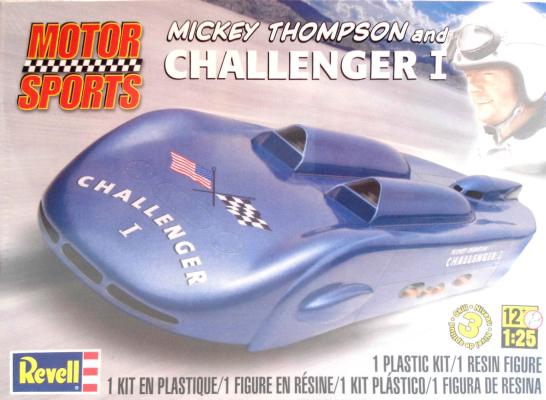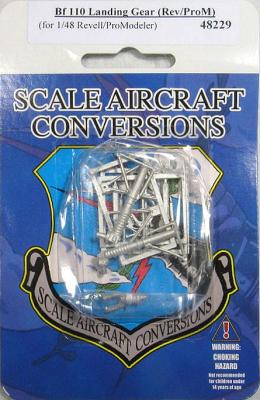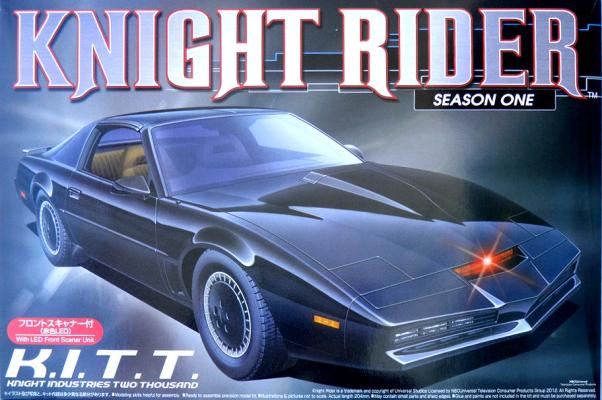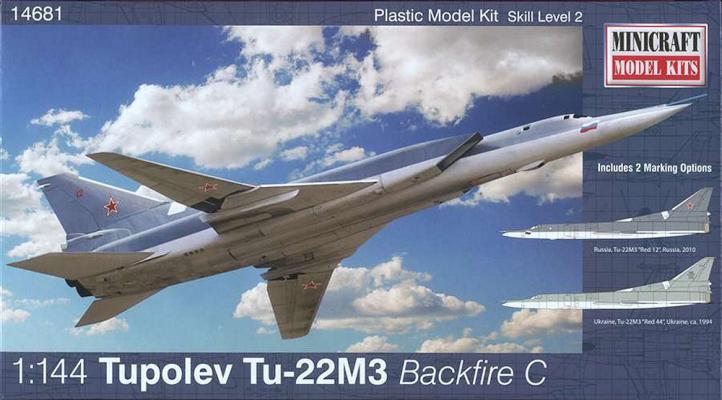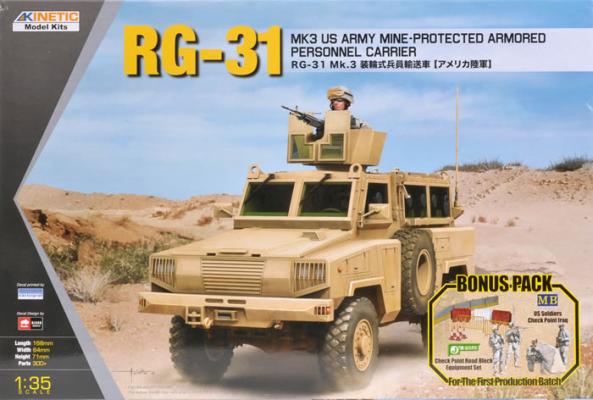Back in 1960, I remember a guy named Mickey Thompson setting the land speed record of 406.6 mph at Bonneville Salt Flats. He did this feat with one of the most original cars ever seen. This was the Challenger 1. It was powered by four supercharged Pontiac engines, each powering a separate wheel. I remember at the time hoping that someone would make a model kit of this car. Well, Revell did back in 1962. They produced the kit from 1962 until 1966. I was busy with getting on with my life at that time, so I forgot about Challenger 1. Last year at the IPMS Nationals in Orlando, I saw that Revell was going to re-issue the kit. I couldn’t wait for it to come out and when it came up for grabs by the Reviewers corps, I jumped at the chance to build it.
Welcome to the IPMS/USA Reviews site!
Introduction: The primary organization of the IPMS/USA Review website is by IPMS/USA National Contest Class. Within each Class there are sub-menus by kits, decals, books, etc. The Miscellaneous Class is for items that are not class specific or that cross two or more classes.
IPMS/USA Members: We encourage you to submit reviews, both here and to the Journal. To volunteer for membership in the IPMS/USA "Reviewers Corps" and submit your own reviews, please read the Guidelines For Submitting Product Reviews.
Manufacturers, publishers, and other industry members: IPMS/USA is pleased to offer your company the opportunity for product reviews. All product reviews are performed by IPMS/USA members, and are posted in the publicly-accessible section of our website. With very few exceptions, we perform full build reviews of new kit releases, aftermarket products, and supplies. If you would care to provide product samples for review, please contact John Noack, IPMS/USA 1st VP.
To learn more about IPMS/USA, please see our About Us page.
Scale Aircraft Conversions specializes in white metal replacement parts. Its line of replacement landing gear has been expanded to include a set for the venerable Bf-110 from Revell/Monogram.
This set is one of the more elaborated sets from SAC I’ve seen. It includes three main parts – two landing gear struts and a two-part tail wheel, plus 3 “frames” with the rest of the delicate parts.
My example arrived partially crushed (I guess due to shipping). Having the small parts attached to a “frame” actually prevented them from being distorted. But still, a bit of work might be needed to straight them out; however, it is very easy to work with white metal (check the SAC website for details).
So what would be cooler than having your car talk to you, be bulletproof, and able to drive itself? Well, if you were Michael Knight, not much…and while he drove several different versions of KITT (Knight Industries Two Thousand), the original from the first season of the show was always my favorite.
I don’t build many car models, but when I do, they usually were involved in some movie or TV show. So when KITT came up for review, my hand also came up. I am not sure if this is a re-release by Aoshima of a previous kit as I remember KITT kits from years ago, but if it is a re-release, it is a good one.
The kit includes 95 plastic parts in black, tan, chrome, aluminum, clear, clear red, clear orange, and tinted black colors. There are also 4 rubber tires, 4 polyethylene caps for the wheels, and the scanning unit with 4 screws to mount it.
The Aircraft
The Tu-22M3 Backfire C has had a somewhat confusing development history. The original Tu-22 was NATO code-named Blinder. It had two pod-mounted engines above the rear fuselage, one on either side of the vertical stabilizer, and fixed sweptback wings. Then Tupolev came out with what I think is almost a new design, with the engines mounted in the rear fuselage and intakes along the fuselage side, and variable-position wings...I think the first on a large Russian bomber. This was the Backfire. The designation for this aircraft was Tu-22M1. The M probably stands for “Modified.” There were only nine Tu-22M1s built, and it was fairly quickly replaced by the Tu-22M2. The M2 had more powerful engines, a bigger wing, and an area rule fuselage.
History
The RG-31 is a 4x4 mine-protected, all-terrain armored personnel carrier(APC) first manufactured in South Africa. It is able to withstand mine blasts and small arms fire due to the V-shaped, all-steel welded armor monologue hull and high suspension. As a multi-purpose vehicle, the RG-31 assumes a wide range of roles, such as APC, ambulance, and surveillance vehicle, but is mostly used during peacekeeping missions for its non-aggressive appearance. The RG-31 has served in Iraq & Afghanistan.
Kit
Inside the box, there are 5 tan plastic sprues, 1 clear sprue, 1 black rubber sprue, 5 black hard rubber tires, a PE fret, a decal sheet, and a 24-page instruction booklet. Also included in the kit box is a bonus "Check Point" set. The set consist of four figures and barricades (both water & concrete). I did not build this set for this review, but after looking it over, I think this set would build into a very nice diorama featuring the RG-31.











